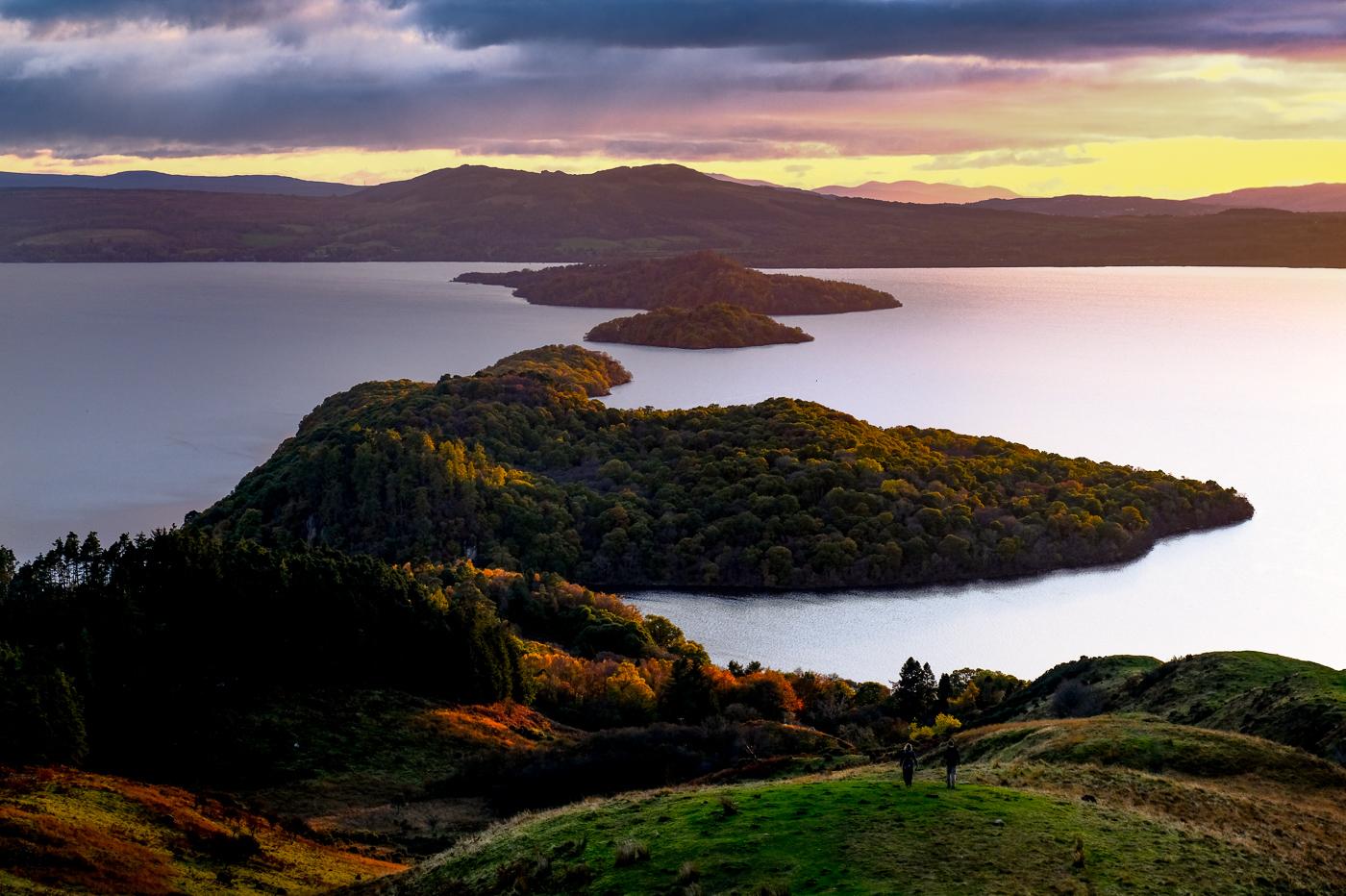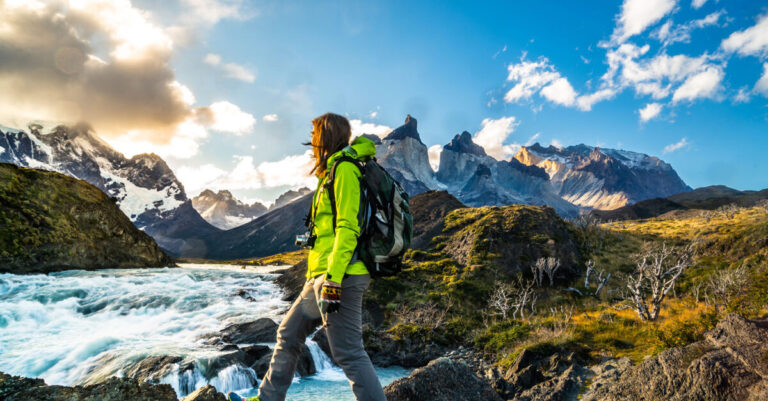
There’s no better manner to revel in Scotland’s uncooked, untamed beauty than taking walks. Highland treks immerse you in landscapes that road trips certainly can’t reach—hidden glens, secluded lochs, and historic pathways wherein the simplest sounds are the wind and your own footsteps. For adventurers looking for extra than just sightseeing, strolling vacations in Scotland offer a deeper connection to the land, its records, and its wild soul.
In this guide, we’ll explore why Highland treks are the final manner to discover Scotland’s secrets, from mythical routes to lesser-recognised gem stones.
1. Why Choose Walking Holidays in Scotland?
Highland treks aren’t simply hikes—they’re trips through time. Scotland’s terrain tells stories of clans, battles, and folklore, pleasant absorbed step by step. Here’s why taking walks holidays outshine other journey styles:
✔ Access hidden landscapes –Many of Scotland’s most breathtaking spots are unreachable by using automobile.
✔ Slow travel at its finest –Unlike rushed excursions, Highland treks will let you delight in each moment.
✔ Eco-friendly exploration – Walking minimizes your environmental effect.
✔ Freedom to wander –Create your very own pace, detours, and discoveries.
Whether you’re a pro hiker or a casual walker, Scotland’s trails welcome all.
2. Scotland’s Legendary Highland Treks
A. The West Highland Way (96 miles)
Scotland’s most well-known lengthy-distance route stretches from Milngavie to Fort William, passing Loch Lomond, Rannoch Moor, and Glencoe.
- Highlights:Dramatic valleys, historical drovers’ paths, and the long-lasting Devil’s Staircase.
- Best for: First-time walking vacation adventurers.
B. The Great Glen Way (79 miles)
Following the Caledonian Canal from Fort William to Inverness, this Highland trek hyperlinks lochs, castles, and the remarkable Ben Nevis.
- Highlights:Neptune’s Staircase (a chain of lock gates) and Urquhart Castle on Loch Ness.
- Best for: Those who love water perspectives combined with mountain scenery.
C. The Skye Trail (80 miles)
A rugged, unofficial path across the Isle of Skye, imparting coastal cliffs, the Quiraing, and the Cuillin Ridge.
- Highlights: The Fairy Pools and the Old Man of Storr.
- Best for: Experienced hikers seeking out solitude and venture.
3. Off-the-Beaten-Path Highland Treks
Beyond the famous trails, Scotland hides quieter wonders perfect for walking holidays:
A. The Cape Wrath Trail (200+ miles)
One of Britain’s toughest routes, crossing remote Sutherland with no marked path—just wild moorland and river crossings.
- Why go? For true wilderness lovers who want zero crowds.
B. The East Highland Way (83 miles)
A quieter opportunity from Fort William to Aviemore, winding via historical pine forests and the Cairngorms.
- Why go? Spot pink squirrels, golden eagles, and perhaps even a reindeer herd.
C. The Arran Coastal Way (65 miles)
A round Highland trek around the Isle of Arran, nicknamed “Scotland in Miniature” for its diverse landscapes.
- Why go? Cliffs, whisky distilleries, and standing stones—all in one walk.
4. What to Expect on a Highland Trek
A. Terrain & Difficulty
- Easy: Well-maintained paths (e.G., sections of the West Highland Way).
- Medium: Rocky paths with height (eg Sky Trail).
- Challenging: Unmarked, boggy, or steep routes (e.G., Cape Wrath Trail).
B. Weather (The “Fourth Season”)
Scotland’s weather changes hourly. Pack for:
☔ Rain (waterproof layers are non-negotiable).
🌬️ Wind (especially on coastal Highland treks).
☀️ Sun (yes, it appears—sometimes all in one day!).
C. Accommodation on Walking Holidays
✔ Bothies – Free, basic mountain shelters (bring a sleeping bag).
✔ B&Bs/Guesthouses – Warm beds and local hospitality.
✔ Wild Camping – Legal in Scotland – just follow the Scottish outdoor access code.
5. Tips for Planning Your Walking Holiday in Scotland
A. When to Go
- Best months: May–September (longer days, milder weather).
- For solitude: April or October (cooler but quieter).
B. Essential Gear
- Sturdy, broken-in boots.
- OS Maps (phone signal is unreliable in the Highlands).
- Midge repellent (summer’s tiny tormentors).
C. Guided vs. Self-Guided Treks
- Guided: Ideal for beginners or those wanting local insights.
- Self-guided: More freedom; companies can arrange luggage transfers.
6. Beyond Walking: Cultural Gems Along Highland Treks
Scotland’s trails lead to more than scenery:
- Whisky tastings (e.g., Talisker Distillery on Skye).
- Historic sites (Culloden Battlefield near the Great Glen Way).
- Folklore hotspots (Glencoe’s haunting legends).
Final Thoughts: Why Highland Treks Transform How You See Scotland
Walking holidays strip away distractions, leaving only the crunch of boots on gravel, the scent of peat in the air, and the slow reveal of landscapes unchanged for centuries. Highland treks don’t just show you Scotland—they let you feel it.







